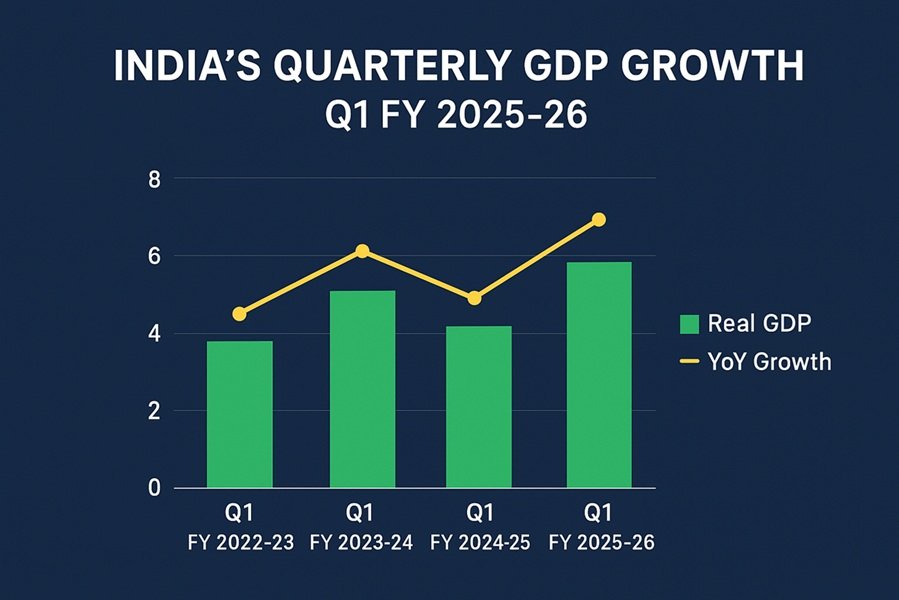
The National Pension System (NPS) is a government-sponsored retirement savings scheme designed to provide financial security during retirement. It has two types of accounts: Tier-I and Tier-II. While the Tier-I account is mandatory for NPS subscribers, the Tier-II account is voluntary. The Tier-II account offers several benefits but also has certain drawbacks. Let’s delve into its advantages and disadvantages to understand it better.
Advantages of NPS Tier-Two Account
- Liquidity
- Unlike the Tier-I account, the Tier-II account allows for unlimited withdrawals without any restrictions. This makes it an excellent option for those who need financial flexibility.
- No Lock-in Period
- There is no lock-in period for most investors, making it a suitable option for short-term investments.
- For government employees seeking tax benefits under Section 80C, there is a three-year lock-in period.
- Low Cost
- The NPS Tier-II account is cost-effective due to low fund management charges, ensuring that more of your money is invested and grows over time.
- Diverse Investment Options
- Subscribers can allocate their funds across various asset classes, including equities, corporate bonds, and government securities, based on their risk appetite.
- Tax Benefits (Limited)
- For central government employees, contributions to the Tier-II account are eligible for tax deductions under Section 80C of the Income Tax Act (subject to conditions), making it an attractive option for salaried individuals.
- Ease of Management
- Both Tier-I and Tier-II accounts can be managed under a single NPS account, simplifying portfolio management and tracking.
- Transparency and Regulation
- The NPS is regulated by the Pension Fund Regulatory and Development Authority (PFRDA), ensuring transparency and security for investors.
Disadvantages of NPS Tier-Two Account
- No Exclusive Tax Benefits
- Unlike the Tier-I account, the Tier-II account does not offer significant tax benefits (except for central government employees under specific conditions).
- Volatility Risk
- Investments in equities and other market-linked instruments are subject to market risks, which may result in fluctuating returns.
- Not a Retirement-Focused Product
- The Tier-II account is more suitable for short-term financial goals and lacks the disciplined savings approach needed for long-term retirement planning.
- Absence of Employer Contributions
- Unlike the Tier-I account, employers do not contribute to the Tier-II account, reducing its attractiveness as an investment option.
- No Annuity Option
- Withdrawals from the Tier-II account are not eligible for conversion into an annuity, which can be a limitation for those seeking a steady income stream post-retirement.
- Limited Awareness
- The Tier-II account’s benefits and features are less known to the public, which may lead to underutilization of this investment avenue.
Conclusion
The NPS Tier-II account offers significant advantages, such as liquidity, no lock-in period, and low-cost investment options, making it a viable choice for short-term and flexible investments. However, its lack of tax benefits, absence of employer contributions, and market-linked risks may deter individuals seeking long-term financial security.
Before opting for an NPS Tier-II account, it’s essential to assess your financial goals, risk tolerance, and investment horizon. While it can complement your overall financial strategy, it may not serve as a standalone solution for retirement planning.
Disclaimer: This blog has been written exclusively for educational purposes. The securities mentioned are only examples and not recommendations. This does not constitute a personal recommendation/investment advice. It does not aim to influence any individual or entity to make investment decisions. Recipients should conduct their own research and assessments to form an independent opinion about investment decisions.







